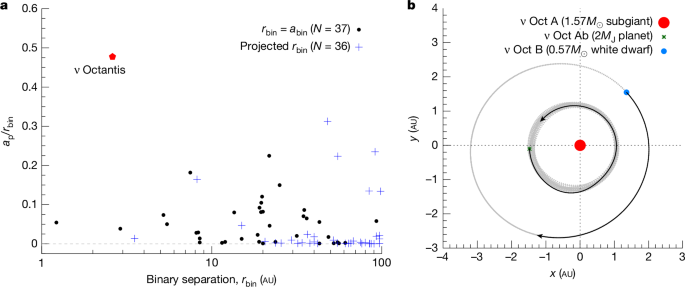
"In binary systems, the interactions between stars and their surrounding disks significantly influence the dynamics of planet formation, particularly through resonances and disk gap sizes."
"Dust coagulation limits in binary systems indicate that the distance to stellar companions crucially impacts the success of planet formation processes."
The article reviews several studies focused on the dynamics of binary star systems and their influence on planet formation. Key findings illustrate how resonances and the size of disk gaps can impede or promote the accumulation of dust into planetesimals. Additionally, the presence of stellar companions within close range (under 20 AU) appears to hinder the formation of planets, leading to important implications for understanding planetary systems' architecture in binary environments. The cumulative evidence presented raises essential considerations regarding the viability of life-harboring planets in these complex settings.
Read at www.nature.com
Unable to calculate read time
Collection
[
|
...
]